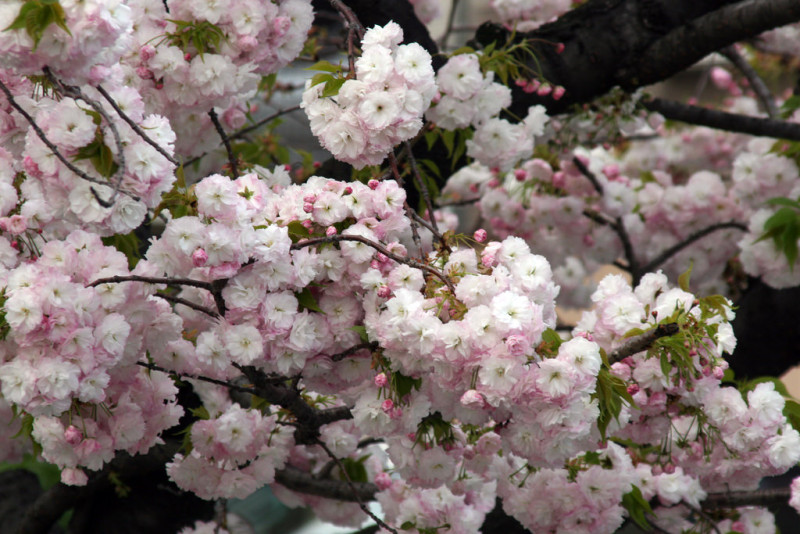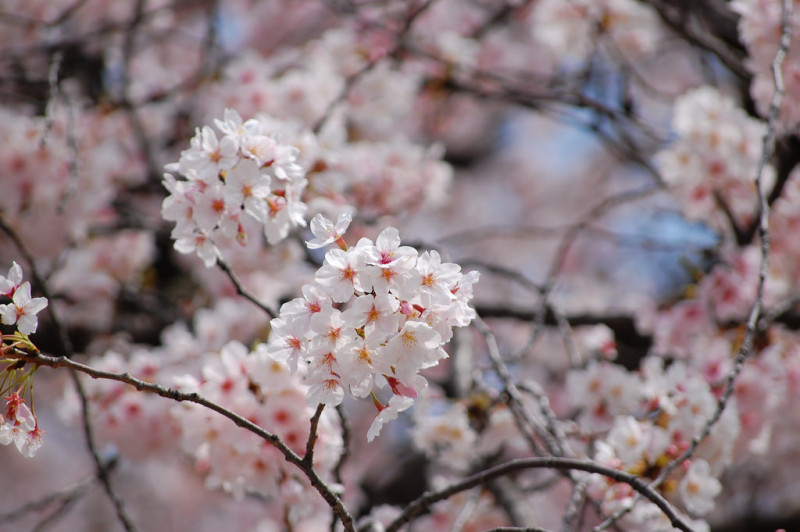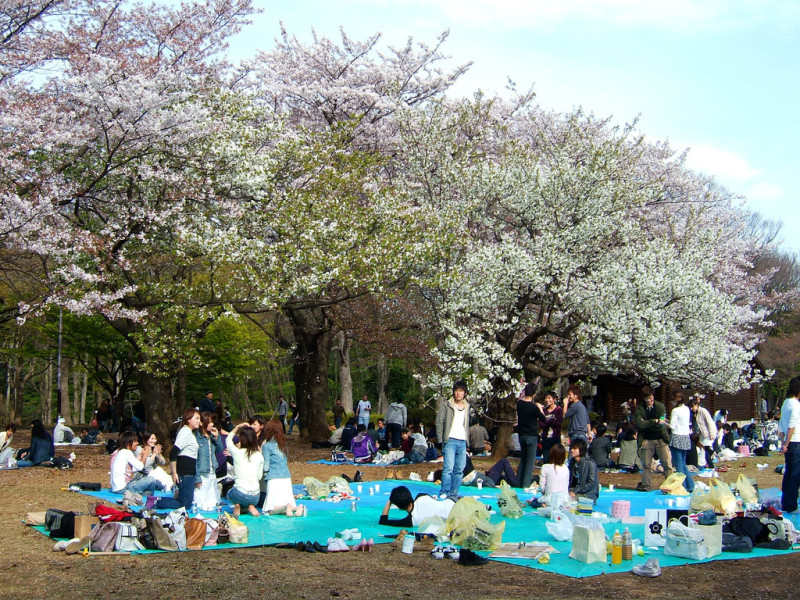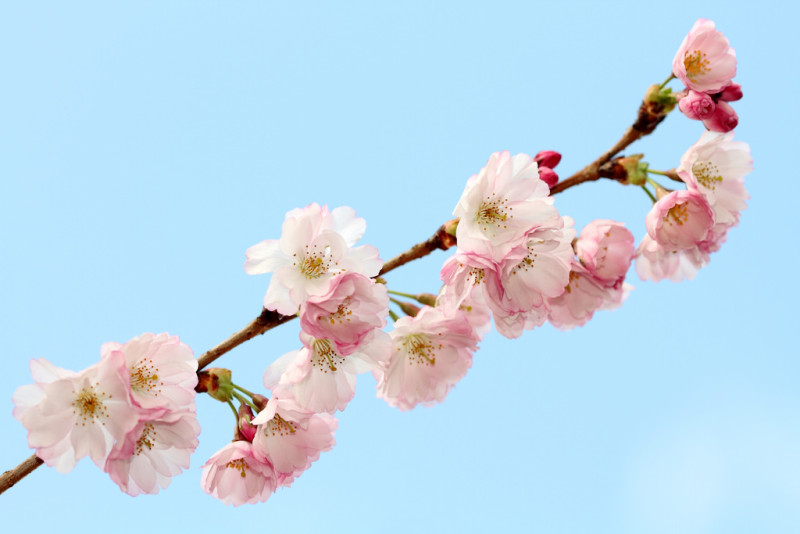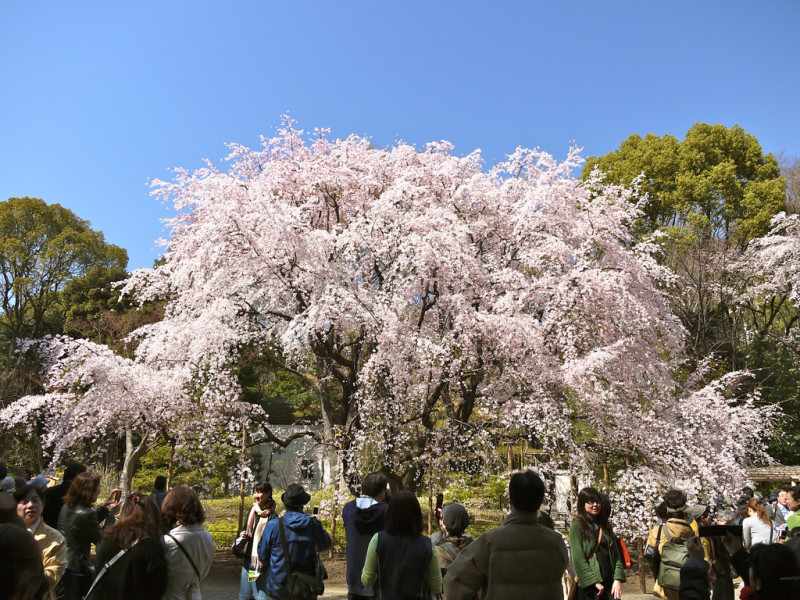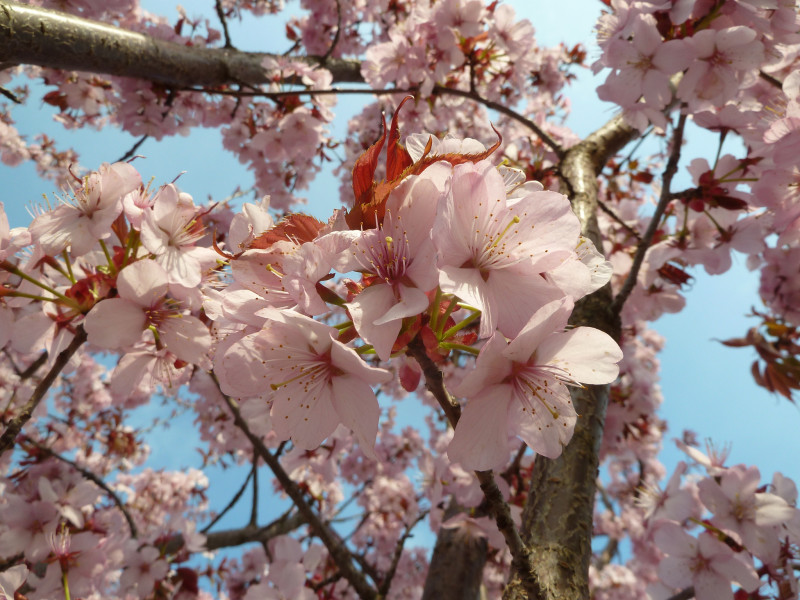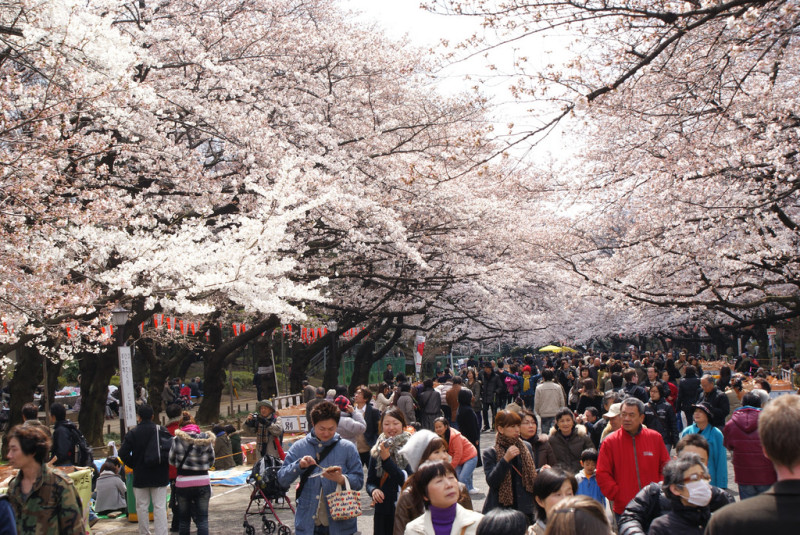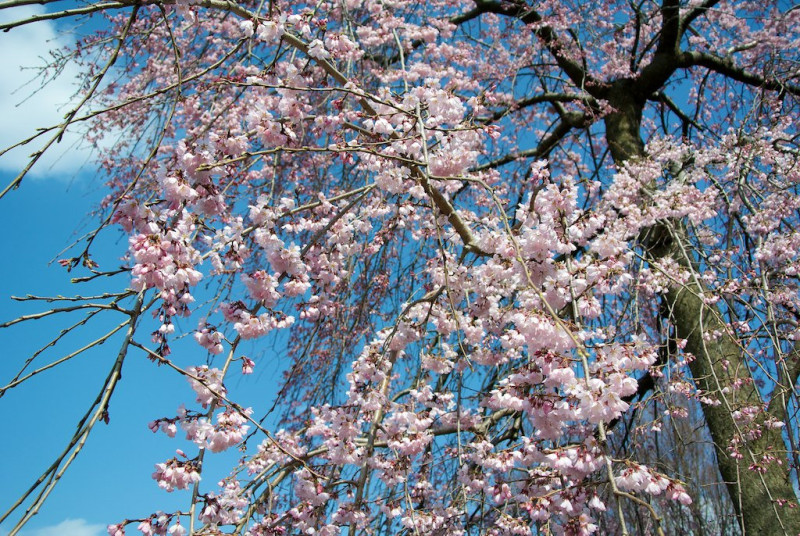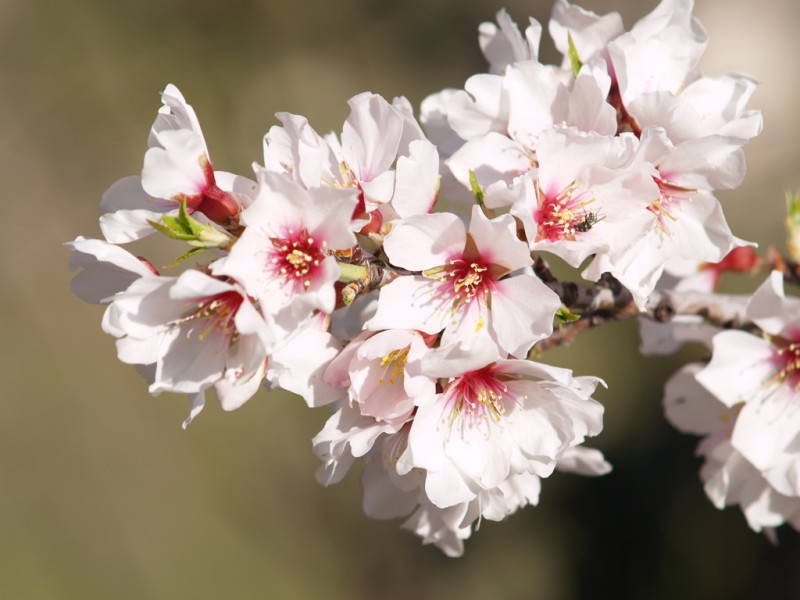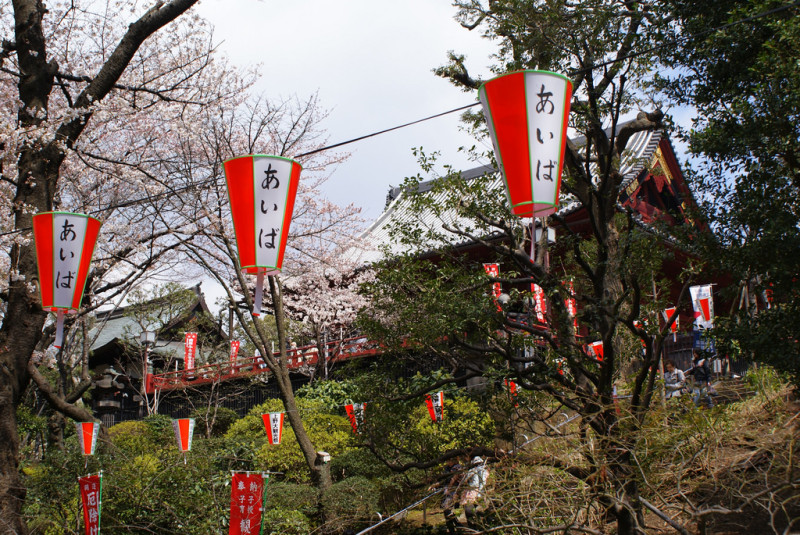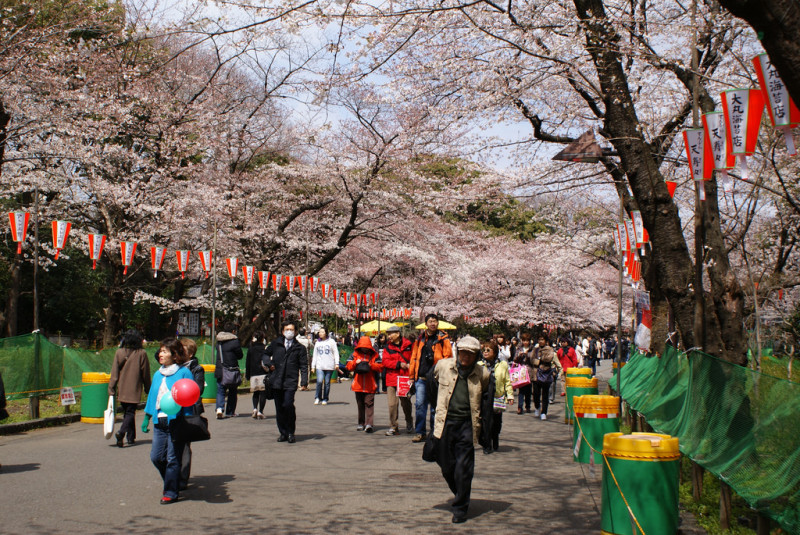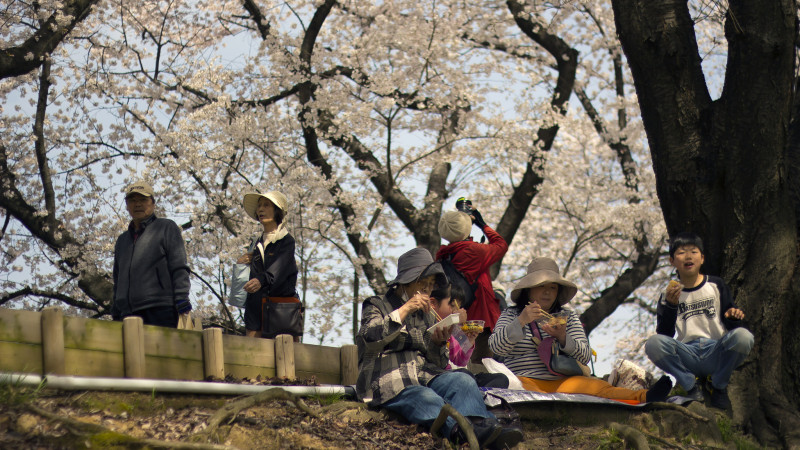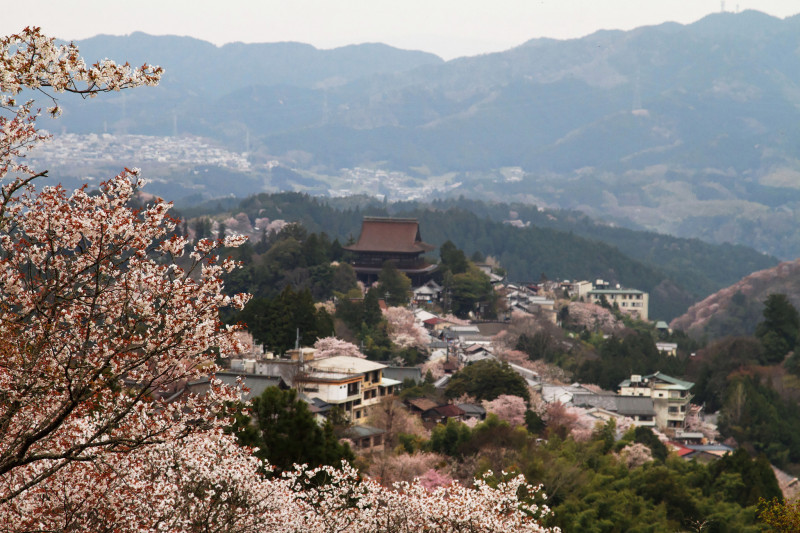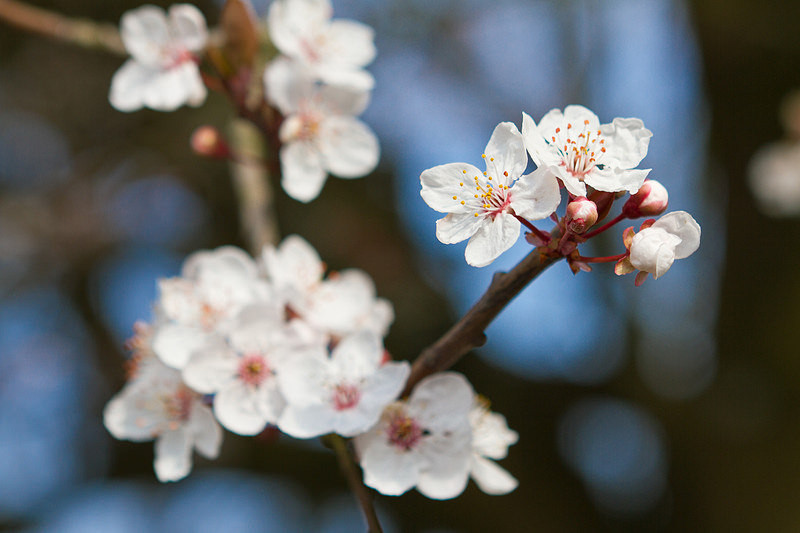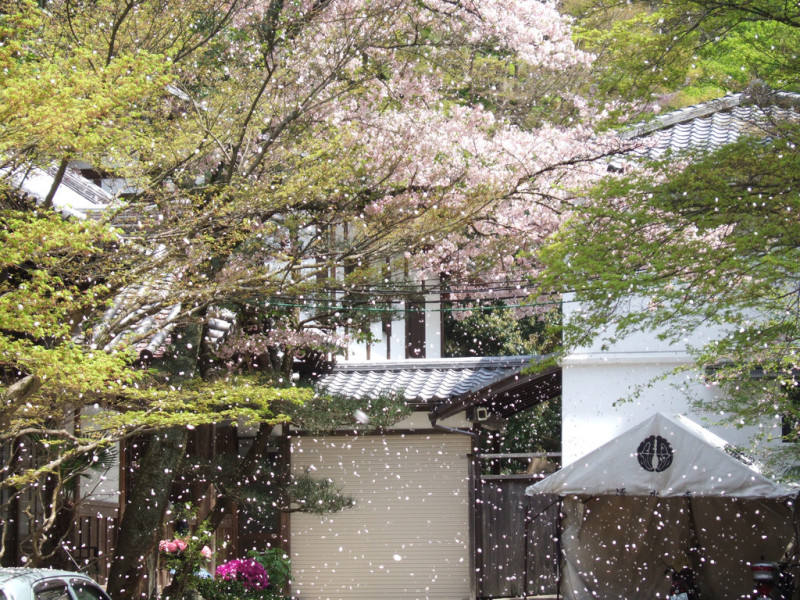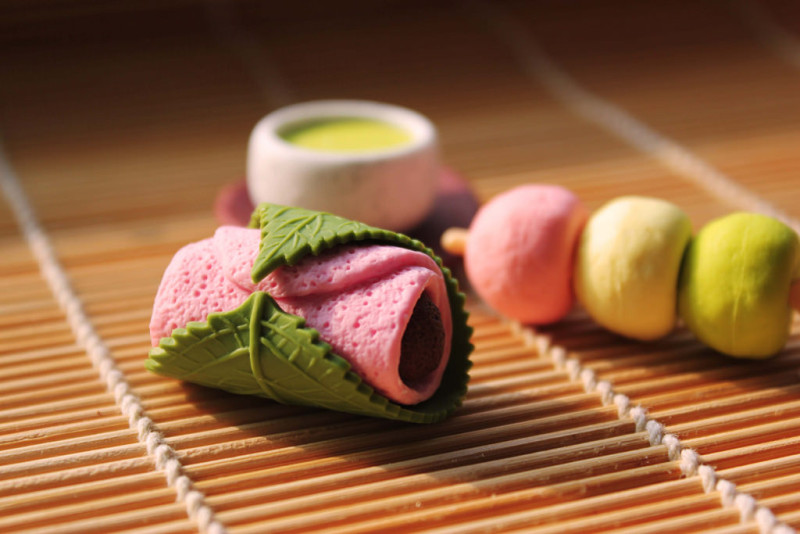Hanami is a very popular activity in Japan every year. Check out this article to find out everything you need to know about hanami!
1. What is hanami
Hanami is the Japanese word for “flower viewing”. While it can refer to any flower, it is commonly a word used when talking about cherry blossoms.
2. History of hanami
Enjoying the sight of flowers is a custom that is said to have begun in the Nara Period (710-794). The plum flowers were appreciated back then, but sometime during the Heian Period (794-1185), the Japanese people’s interest switched to cherry flowers. It began as a custom exclusive to the Imperial court, which then spread to other nobles and finally to the common people as well.
3. Cherry blossoms symbolism
Cherry blossoms are appreciated only for their beauty. They also have a strong symbolism in Japan. Because their lives are very short followed by a quick falling of the petals, they are often compared to the human life and our brief passing on the Earth.
4. Cherry tree varieties
The cherry trees varieties in Japan go past one hundred. The trees are classified by several characteristics:
By the number of petals
- 5 petals – Somei Yoshino
- Around 20 petals – Ichiyo
- Around 100 petals – Kikuzakura
Color of the blossoms
- White – Shogetsu
- Pink – Kanzan
- Yellow – Ukon
By blooming time
- Early blooming – Kanzakura, Kawazuzakura, Kanhizakura
- Late blooming – Ichiyo, Ukon, Kanzan, Fugenzo
5. The oldest cherry tree
The oldest known cherry tree in Japan is Jindaizakura, an Edohigan species tree located in Hokuto City, Yamanashi Prefecture. The tree is believed to be more than 2000 years old and can be observed on the grounds of Jissoji Temple. The tree is 12 meters in diameter and makes a spectacular sight. It is said it was planted by Prince Yamato Takeru, a Japanese hero.
6. Hanami is one of the most anticipated events every year
Japanese people adore doing hanami. Every year the blooming of the first blossoms is a news piece that appears in newspapers and on TV. As soon as the season starts, large crowds of people fill the most beautiful hanami spots.
7. There are cherry blossoms forecasts
Each year the blooming of the flowers for each region is announced in forecasts by the Japan Weather Association. The information is then taken over by other websites which create forecasts for the best viewing periods.
8. The flowering dates
The season is opened every year by the trees in Okinawa which start blooming as early as January, followed by the middle part of the island, which first sees the blossoms from late March to mid April. The region that ends the season is Hokkaido, where trees bloom in May. There are differences in blooming dates created by elevation as well. Trees at higher altitudes will bloom later than those located lower.
9. Hanami preparations
When the season begins, parks and areas with cherry trees are decorated with lanterns. Street food vendors fill the areas and in some places, the ground is divided into equal parts with signs that say how many people can sit there. Banners showing the rules are displayed and other events such as musical performances and dances are prepared.
10. How to do hanami
Hanami usually means a picnic under the trees. People bring lunch boxes, gather several members of the family and friends and spread a sheet to stay on the ground. Hanami is not only about the contemplation of the flowers – it is also an occasion to socialize and have fun. For those too busy to do a picnic, flower viewing can also mean a simple walk in the park.
11. What are the rules
Every area has its own rules: some areas prohibit early reservation of the spots while other areas forbid barbecues and alcohol drinking. But there are a few general rules that you are likely to find in every hanami spot: you should never tear branches from the trees, litter the party area, make a fire or stay until very late at night.
12. The most beautiful hanami spots
The most beautiful hanami spot in Japan is considered to be Mount Yoshino in Nara Prefecture. The mountain’s slopes are covered in thousands of cherry trees that transform the area into a pink paradise. Other beautiful places to do hanami are: Shinjuku Park in Tokyo, Tsurugaoka Hachimangu Shrine in Kamakura, Chureito Pagoda in Fujiyoshida, Philosopher’s Path in Kyoto, Kema Sakuranomiya Park in Osaka and Hanamiyama Park in Fukushima.
13. The full bl0om period
The full bloom period does not last very long. After the first petals show up, the full bloom state is reached in about a week. The best viewing period lasts for a week or two before petals start to fall.
14. Hazakura
Even when the petals start to fall, the Japanese still like to admire the cherry trees. There is even a name for this state – “hazakura”. The word refers to cherry blossom that are past their peak with petals begging to fall and green leaves appearing among them.
15. Cherry blossoms are used in food and drink
Cherry trees are not only admired in Japan. The Japanese love them so much that they use the petals in food and drinks. During the cherry blossom season, you can find in stores several products that use petals: yogurt, wafers, mochi (rice cakes), tea, dango (skewered dumplings) and macarons.
Enjoy hanami! Have a good trip and travel!

